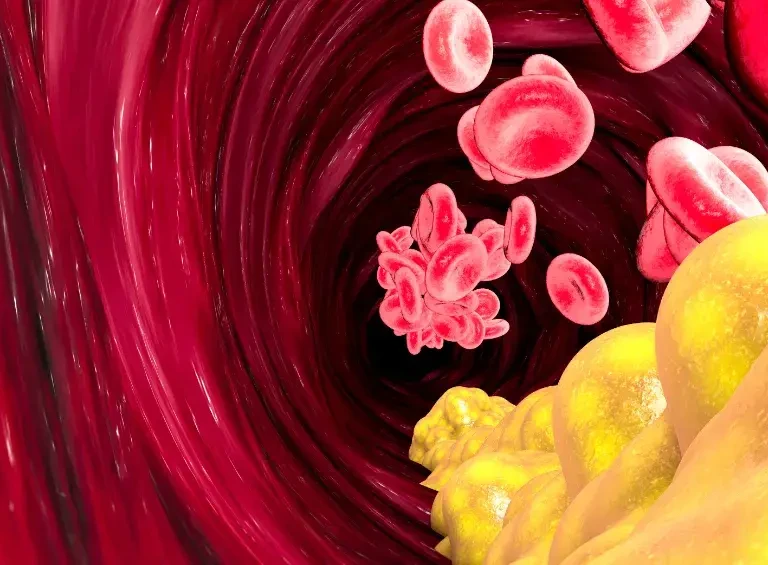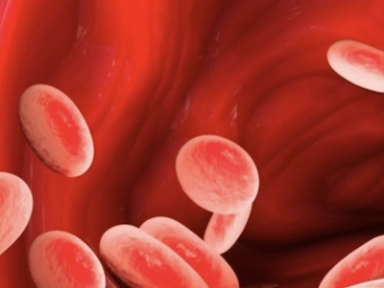The European experience: Swedeheart and AIFA registries
Highlights on the most recent real-world data on the use of PCSK9 inhibitors, including those from the Swedeheart and AIFA registries.
Key Takeaway
SWEDEHEART study
-
In a real-world setting, early and larger reductions in LDL-C levels were associated with an improvement in CV outcomes after an MI.
- LDL-C goals as recommended in the current EAS/ESC guidelines were more likely to be achieved using a higher-intensity LLT, requiring a combination of statin with ezetimibe and/or PCSK9.
- Prior statin-treated patients with MI have the greatest risk and may benefit the most from larger LDL-C reductions, which would benefit from a prioritized PCSK9 inhibitor use.
- CR visits allow better treatment intensification and reinforce adherence to LLT.
AIFA study
- Patients initiating PCSK9 inhibitors showed markedly elevated LDL-C, although >40% of the patients were receiving maximal LLT.
- Half of these patients were considered statin-intolerant, as per the definitions recommended in the Italian guidelines.
- Persistence with PCSK9 inhibitor treatment after 2 years was very high (>82%); adherence during persistent use of PCSK9 inhibitors was also very high (>90%).
- Overall, mean LDL-C reduction during PCSK9 inhibitor treatment was 59%, consistent with the findings in clinical trials.
- The proportion of very high-risk patients with ASCVD reaching the recommended LDL-C target (<55 mg/dL) was approximately 58%, higher than that reported in the real-world setting.
- Alirocumab and evolocumab showed comparable LDL-C efficacy, although a large proportion of patients with ASCVD required up-titration to alirocumab 150 mg Q2W.
Why This Matters
The current use of LLT and the eligibility for PCSK9 inhibitors among patients surviving an MI is poorly known.
Key Highlights
Swedeheart study
- Several studies have demonstrated that after an MI, it is very important to initiate LLT to reduce LDL-C; this hypothesis has been broadly supported by data from the SWEDEHEART registry.
- Between the index event and the CR visit, 56% of patients were treated with low- or medium-intensity statin, 33% with high-intensity statins, and 10% with no statins.
- Larger LDL-C reduction and more intensive statin therapy after an MI were associated with the lowest recurrence of MACE, major CV events, and all-cause mortality.
- Greater reductions in LDL-C between admission and 6–10 weeks after MI translated into lower rates of CV events.
- Another analysis of the Swedeheart study demonstrated that:
- Around 50% of patients who survived the MI and started LLT needed intensification of LDL-C-lowering treatment at 6–10 weeks.
- This can be achieved using high-intensity statins, addition of ezetimibe, and eventually using PCSK9 inhibitors to reach to the target recommended by the ESC/EAS guidelines.
AIFA study
- This study aimed to describe the clinical characteristics of high-risk patients who received alirocumab (75 or 150 mg Q2W) or evolocumab (140 mg Q2W).
- Overall, 10,737 patients (mean age, 62.7 years; CVD manifestation, 81.6%) were included and randomized to alirocumab (n = 4,736) or evolocumab (n = 6,001).
- Approximately 50% entered into prescription because they were classified as a statin-intolerant.
Persistence and adherence to PCSK9 inhibitor treatment
- At 6-, 12-, and 24-month follow-ups, persistence was very high. At the end of the follow-up, it was above 80%.
- Adherence among those who were persistent to PCSK9 inhibitors after 24 months of follow-up was approximately 90%.
LDL-C reduction
- At baseline, the mean LDL-C was very high (>160 mg/dL). After 6 months, this level was markedly reduced and remained consistent up to the 24-month follow-up.
- At the end of this period, the absolute reduction of LDL-C was 95 mg/dL, and this translated into a percent reduction of approximately 60%.
- At 6, 12, and 20 months of follow-up, attainment of LDL-C target during PCSK9 inhibitor treatment remained very high at approximately 60%.
ASCVD, atherosclerotic cardiovascular disease; CR, cardiac rehabilitation; CV, cardiovascular; EAS, European Atherosclerosis Society; ESC, European Society of Cardiology; LDL-C, low-density lipoprotein cholesterol; LLT, lipid-lowering therapy; LMT, lipid-modifying therapy; MACE, major adverse cardiovascular events; MI, myocardial infarction; PCSK9, proprotein convertase subtilisin/kexin-9; Q2W, once every 2 weeks.
- Arca M. The European experience: Swedeheart & AIFA registries. Presented at the European Society of Cardiology (ESC) conference on August 27, 2021.




.webp/jcr:content/jcr_content%20(9).webp)